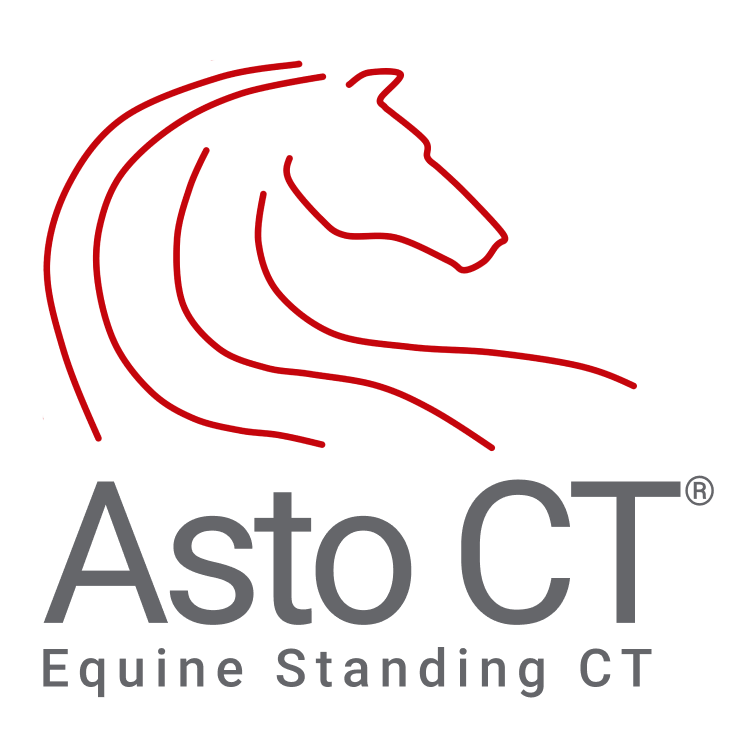The Benefit of Standing CT from the Human Radiologists Perspective
Q&A with Dianne Georgian-Smith, MD, FACR, Diagnostic Radiologist
Written by: Lauren Zaddack
When our horses aren’t performing right, we want to solve the problem. For lameness we might start with running the horse up and down the driveway, nerve blocks, feeling the horse’s leg for swelling, chiropractor, acupuncture, radiographs (x-rays), then further diagnostic imaging. This could include; ultrasound, computed tomography (CT), nuclear scintigraphy (bone scan), and/or MRI. I had the privilege to speak with Dianne Georgian-Smith who is an avid horse enthusiast and professional radiologist in the human world. She explains her story and knowledge with equine diagnostic imaging in the following interview.
Question: How long have you been involved with horses and what industry do you compete in?
Dianne Georgian-Smith, MD, FACR, Diagnostic Radiologist
Answer: I’ve been involved in the horse world for 30 plus years. Currently my daughter competes in dressage at the Grand Prix. I understand that horses need to be performing at their peaks when competing at this level.
Question: How do you have the knowledge to speak to our product the Equina by Asto CT?
Answer: I’m a physician specializing in radiology for 30 plus years as well. I’m experienced in reading images, diagnosing, and helping other physicians diagnose. I understand the physics as to how the images are created.
Question: Have you ever had to use advanced diagnostic imaging with your horses?
Answer: Yes, in fact one of our top performing dressage horses came up lame. We were able to localize the lameness to the left front and proceeded with x-rays which were clean. The next step we opted for was a standard MRI to study the lower front left limb. The images showed bruising in the navicular bone with edema around the joint. The treatment was light walking under saddle for 3-5 months.
Question: Have you ever had a situation go bad with advanced diagnostic imaging?
Answer: Yes, to find out if our horse had healed from that injury, we wanted a follow-up MRI. The acquisition time for MRI is very long, typically 30-60 minutes. Therefore, the quality of the image is susceptible to motion. Have you seen a horse stand motionless on cross-ties for 30-60 minutes without sedation? Our poor horse was in and out of sedation for 6 hours, and he ended up colicking later that evening. He was in the hospital for five days and didn’t pass feces until three days later. It wasn’t the MRI scanner itself that was harmful, it’s what you have to do to the horse to acquire decent images--sedation that stopped the gut motility.
Question: If the Equina by Asto CT was in your area when your horse was lame, would you have utilized it?
Answer: Absolutely, 100 percent! If you can get diagnostic imaging that gives you the answer quickly, and safely, it’s a huge advantage. That’s why I’m such an advocate for the Equina by Asto CT, because it would have given us the information we needed in 30 seconds compared to hours. Since the acquisition time is so quick, you don’t have to aggressively sedate the horse. Not to mention the main selling point, the horse can remain standing and the image quality is great.
Question: What are some other important features of the Equina by Asto CT?
Set up for a head/neck scan with the Equina.
Answer: I find this machine useful with head and neck scanning, especially with dental cases where finding the correct tooth and diagnosis is critical. Also, CT is more sensitive than regular x-rays There can also be operator errors when it comes to handheld diagnostics. The angle that images are taken at and how they’re read can make or break a diagnosis. With CT images, they’re acquired from 360 degrees around the leg with no operator error and more consistency.
Question: Any final statements Dianne?
Answer: Relative to humans, equine veterinarians have very little tools, and they’re at a disadvantage because horses can’t talk. As a physician and horse enthusiast, I feel passionate for the need to have standing CT available for horses. Not only will it help the veterinarian diagnose better, but it will help the horse! This tool can be used for diagnostic purposes and surgical guidance which is a huge advancement in this industry. In my career I grew up with CT scanners, I can’t imagine medicine without it.
We want to thank Dianne Georgian-Smith for taking the time to tell us her experience with equine diagnostic imaging. We’re pleased that she is very optimistic about the Equina and its potential in the equine industry.


